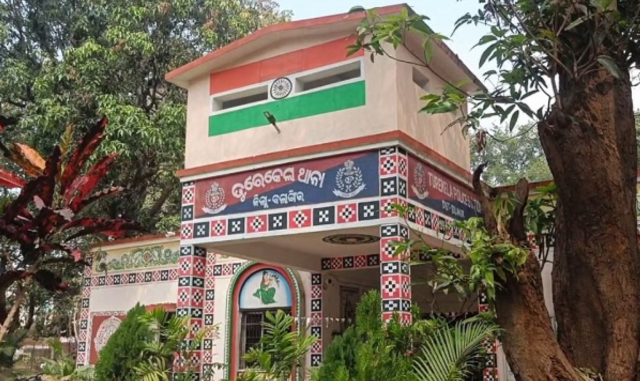The Royal Swedish Academy of Sciences awarded the 2025 Nobel Prize in Chemistry to Susumu Kitagawa (Kyoto University), Richard Robson (University of Melbourne), and Omar M. Yaghi (UC Berkeley) for their groundbreaking work on metal–organic frameworks (MOFs).
These porous crystal structures have transformed material science by enabling custom-designed molecules for storage, reactions, and conductivity.
Richard Robson began the journey in 1989 by combining copper ions with a four-armed molecule, forming a crystal with vast cavities. Though unstable at first, the structure hinted at revolutionary potential. Between 1992 and 2003, Kitagawa and Yaghi advanced the concept. Kitagawa demonstrated gas flow and flexibility in MOFs, while Yaghi created highly stable versions that could be tailored for specific uses.
MOFs consist of metal ions linked by long organic molecules, forming spacious crystals with customizable cavities. Chemists now use MOFs to capture carbon dioxide, filter pollutants, store hydrogen, and even harvest water from desert air. Their versatility opens new doors in environmental science, energy storage, and industrial applications.
Heiner Linke, Chair of the Nobel Committee for Chemistry, praised the trio for “creating new rules” in chemistry and unlocking unforeseen possibilities for molecular design.
The 2024 Chemistry Nobel went to David Baker for computational protein design, while Demis Hassabis and John M. Jumper were honored for protein structure prediction. This week, the Physics Nobel recognized quantum tunneling research, and the Medicine Nobel celebrated discoveries in immune system regulation.





























